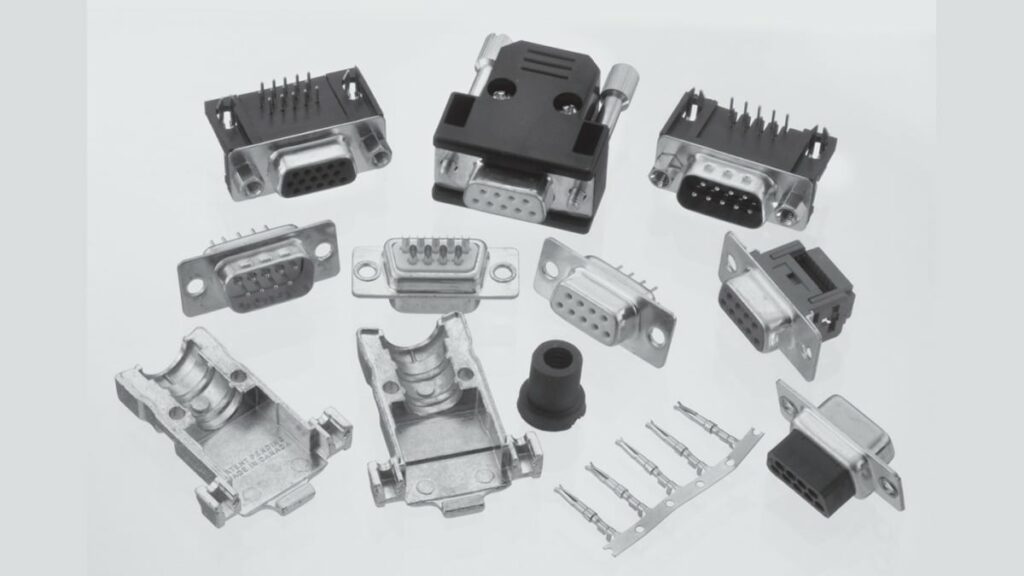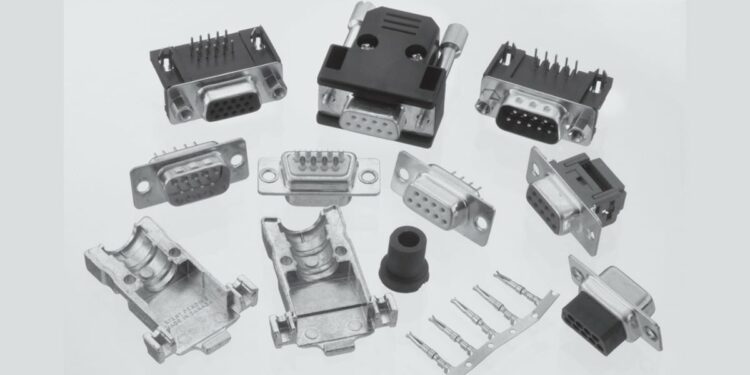Meanwhile D-Sub is an I/O connector it’s necessary to show it seperatly as the trend on the D-Sub market is not on the consumer market anymore therefore here the trend is slightly different and most of new development show bigger D-Sub for industrial applications (Mixed D-Sub with power contacts or waterproof D-Sub …)
Under the same name you find totally different products ranging from cost effective D-Sub for basic industrial applications; stamped pins, flash gold plated, through hole …) up to really expansive ones with turned pins 0.76 µm gold plating, SMT…

Circular, rectangular and other typical military and aerospace dedicated connectors are not the main topic therefore they will not be detailed here.
































